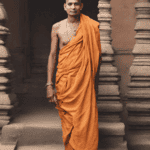It is highly worth spending enough time in setting up prayer space at home especially for the Hindu religion. The particular religion holds various rituals and customs to follow that find its position indispensable at Pooja’s room.
Based on Hindu religion ethics, Pooja is carried out with the help of things that initiate and trigger the essence of Pooja. Various things like a bell, incense sticks, Kumkum (red colored powder used for social and religious markings in India), Chandan and holy water take a leadership position in the pooja. Either at home or Mandir, Gods and Goddesses are sculptured appropriately. People follow Vastu as a major tool in co-coordinating a prayer space.
According to Hindu mythology, the direction to which the pooja room situated finds its importance in Hindu houses. Therefore, the pooja room is recommended to face east, north or northeast of the house. Sometimes, it is auspicious to place the pooja room in the center part of the house thereby the positive energy is radiated throughout the whole building of residence. However, it is not possible for all to locate their pooja room at the center of their house.
Thereby, following the positioning factor of the house, the pooja room is located and set up. Hindus follow various lead man ship where the God or Goddess is selected for worship. It is also advised to keep about the idols and images of the gods in the pooja place. Before setting up the prayer space at home, it is much needed to choose the auspicious direction to locate the pooja room. Once the right choice of direction is chosen then begins the further arrangements like the placement of deities, pictures, idols, and Pooja accessories in the place of worship. Appropriate customs being maintained in the arrangement of the Pooja room in Hindu houses.

Vastu and Directions
Origin of Vastu Sastra helps people a lot in building a room or house or any other. Particularly speaking about pooja room, Vastu favors much that renders the best ideas to arrange or set up a prayer space at home. Based on the science positioning of Gods and Goddess takes place.
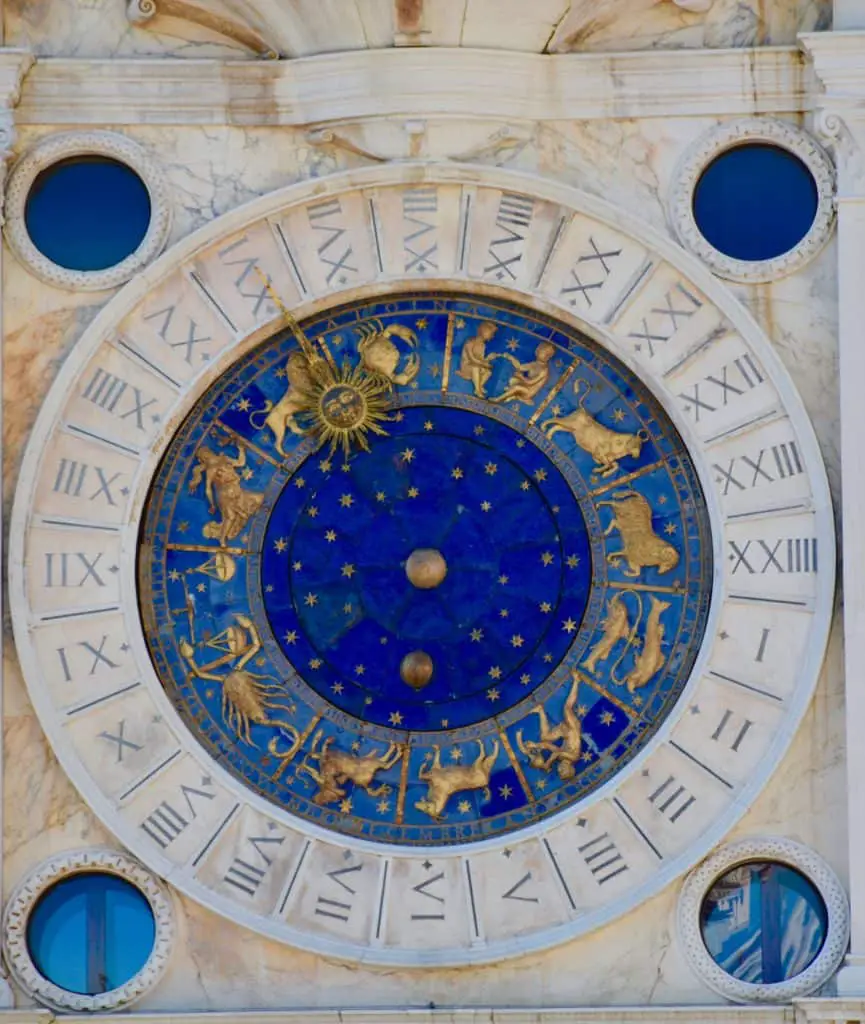
The placement of pictures and idols also plays a significant role and hence the same is followed in the pooja rooms. The principal gods like Lord Shiva, Lord Ganesh, and Parvathi Mata, Lord Vishnu are placed at the top of the room followed by the beloved gods that may vary among individuals. Usually, these pictures and idols are recommended to place in the east-facing the direction that it imbibes the sunrays by all means.
Once the sun rays imbibed that may create positive energy in the soul of the worshipper. Despite the east direction, the northeast is considered as the best auspicious one that it may drag the sunrays completely at dawn that transmits throughout the day. Many rituals like chanting mantras, Paarayana, and devotional group worship by offering food substances like fruits are occurring while praying. Thereby to avoid unnecessary disturbances and interferences while praying is ensured.
Pooja room is the place where one can please to worship their beloved god without disturbances but full of spirit and religious thoughts. Hindu mythology follows certain principles while performing Pooja. For instance, they clean the room every day and give the room with fumes of pleasant incense sticks. They offer eatables like fruit or food substances to their god or goddess. So for these reasons and other additional reason, the Pooja room should comply with. The room should be ventilated properly so that the fumes may not revolve inside and around the room itself.
The direction of placing the sculptures and pictures
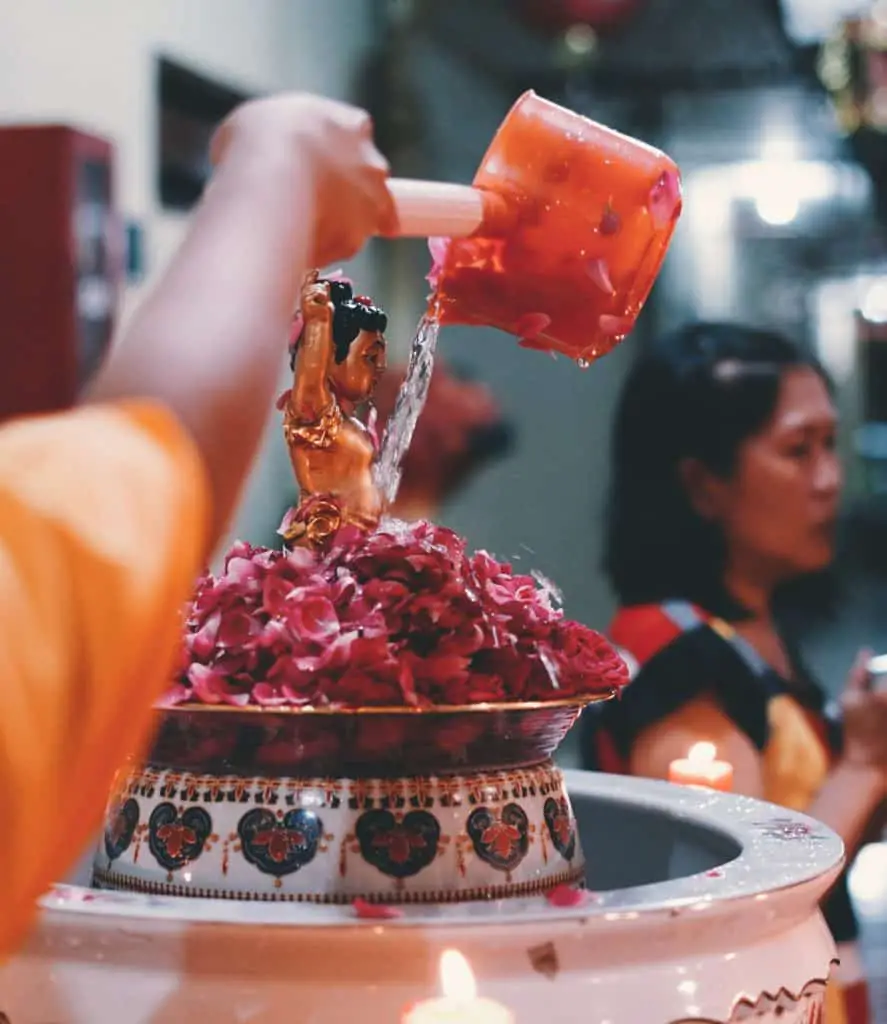
Vastu Sastra tells us elaborately regarding the placement of sculptures, pictures, and idols of the god or goddess. It is the eastern direction that favors positive vibration when the pictures are placed. In a country like India, people give more importance to the rituals and customs followed while worshiping. They do not choose the direction that is actually not recommended by Vastu Sastra. According to science, the southern direction is not recommended for Pooja’s purpose.
People avoid choosing a particular direction as the same emits the negative vibration while worshiping. Pooja customs are correlated to the direction of the sun and the sun rays falling on to the house. Based on that concept, the north, east or north-eastern direction is considered as the optimum direction as the sun rays fall on the house in the same direction. Soul of the individuals in pursuing the vibration of the sunrays and attains the pleasant experience of undertaking Pooja and other deities.
Placement of god or goddess in Pooja room
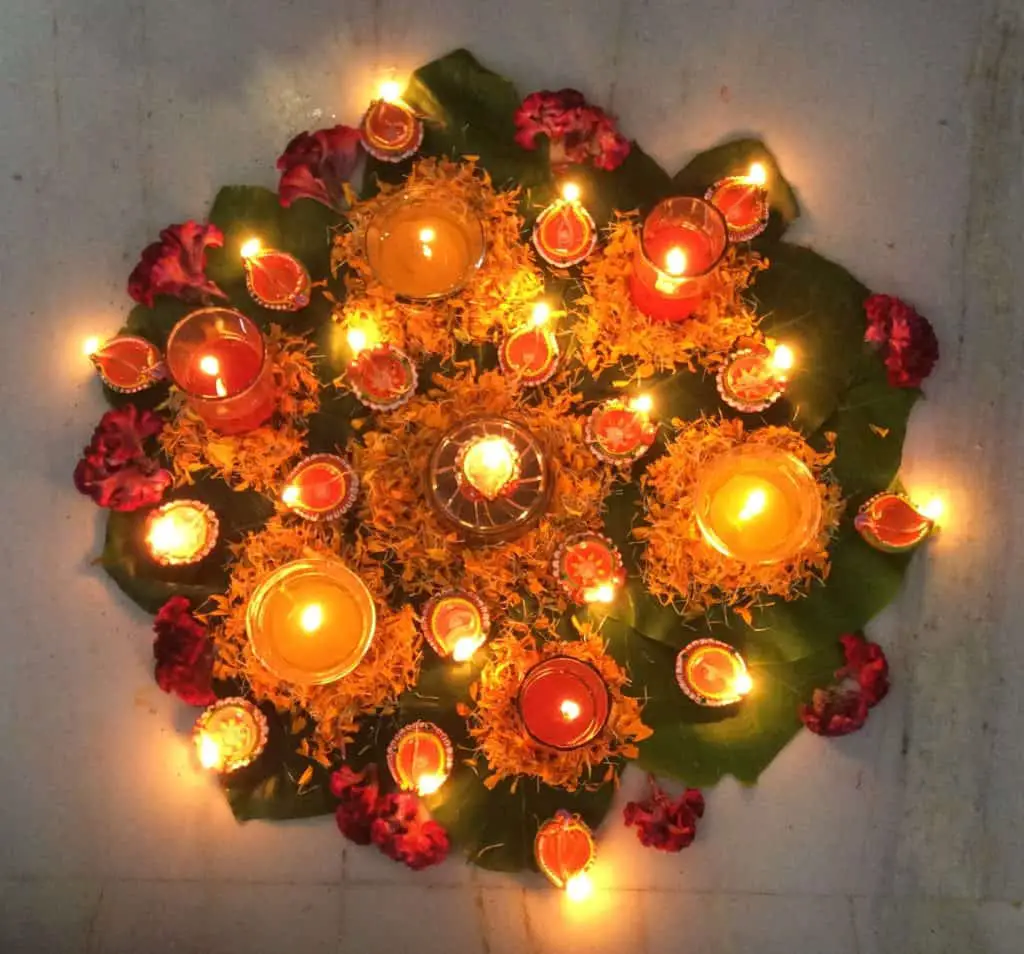
Vastu Sastra teaches us how to place the gods in the Pooja room and how to follow the deities every day. People in India and outside the boundary limit are following the rules while pursuing the Pooja deities. The Sastra explains that Lord Ganesh is the primary god that has to be placed at the top of the Pooja room and it is recommended to face north direction.
A similar direction is determined for Laxmi Mata, Durga, Kuber, Bhairav, and other demigods. The direction is also optimal for placing the idol of Shivling. Also, the east is suggested as the best and right direction to place and worship lord Karthikeya or Muruga, Brahma, Vishnu, Mahesh, and other demigods.
Hanuman is determined to place facing the south-east direction of the Pooja room whereas the spiritual books and other Pooja belongings are suggested to keep in the south or west direction. It is advised not to hang the images of the dead ones in the worshiping place or room as it may drag the attention of the worshiper while praising lord or chanting mantras with bad memories.
It is also recommended by Vastu Sastra not to hold the Pooja room in the basement area of the building due to lack of sun rays falling into the room. The sunrays are essential to fall into the Pooja room to get the positive vibration and achieve best results of Pooja. Hence, the underground location of the Pooja room is avoided but it is recommended in all other parts of the house.
For those who cannot provide sufficient space for the prayer room, it is advised to locate the Pooja belongings in the northern part of the kitchen. This also gains you positive vibration that one who enters the kitchen in the early morning by worshiping the god or goddess. Northern and not other directions are advisable to set up the prayer space in the kitchen.
Timing for Pooja and prayers
There is no time limit for praising God. However, Veda recommends the correct order and timing limit at which worshiping god is very auspicious. Hindu mythology abides by Veda and its ritual that suggests people worship their god at 6 am and 6 pm every day. Round the clock in a day, Pooja rituals are carried out twice a day. Also recommended a period of the time limit is allowed for carrying out the complete Pooja ritual. Based on that, the following steps are carried out within the advisable time limit.
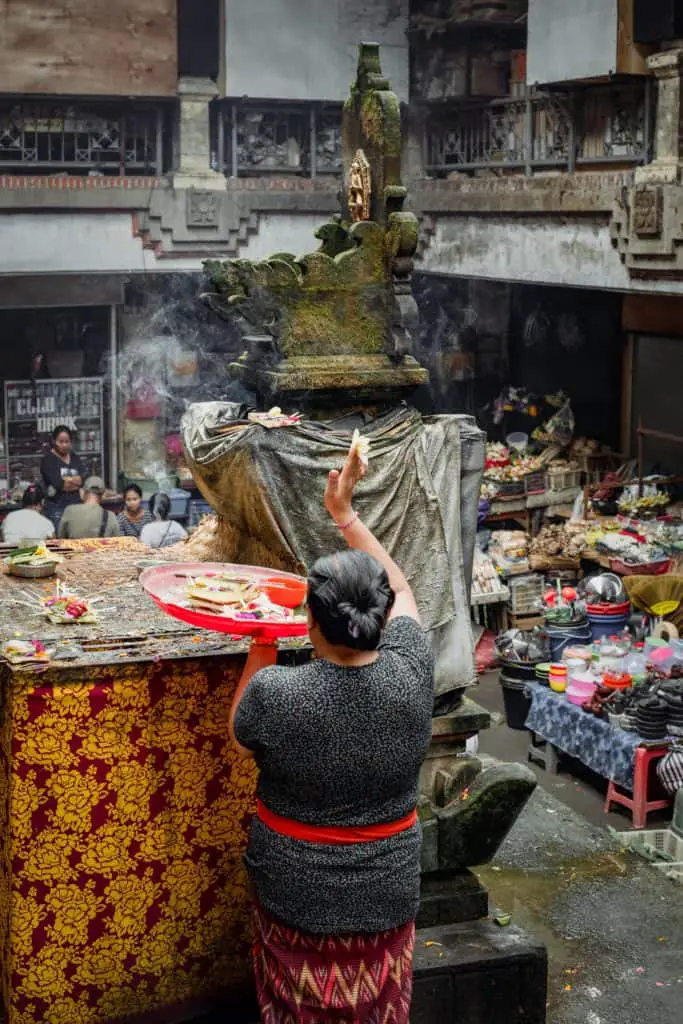
- Arrangements for prayers
- Lighting up for Pooja
- Chanting mantras and Paarayana
- Offering the food or fruits as a sign of worship
- Lighting camphor as a token of worship at last
- Reading spiritual books or group worship at the time of Pooja
- Fuming the Pooja area with incense sticks and other flavoring agents
- Sipping the holy water in and around the Pooja room and house
- Circumambulation, at last as the sign of finishing the process of worshiping.
The above steps are followed when the Pooja is carried alone or undertaken as group worship. Hindu mythology also suggests gomata Pooja along with Pooja rituals taking place in the room. Worshipping cow that is brought up at home ads up to more positive results of Pooja but bringing up the cow and its maintenance is not possible for all so gomata Pooja is conducted in front of gomata picture or idol.
Conclusion
Setting up Hindu prayer space at home is something divine and spiritual oriented for Hindus. By following Veda, holy destination, etc the Pooja is carried out every day. Besides, the Vastu Sastra helps a lot in the placement of the Pooja room followed by the arrangement of Pooja belongings in the room. The science is correlated to Hindu mythology and spiritual aspects that are followed by them and their heirs’ generation after generation.
The article deals a lot about setting up the place of worship in the house and related do’s and don’ts in carrying out Pooja every day. The article never leaves all about maintaining the management of the Pooja room, the process of carrying out Pooja in the correct order mentioned in the Vedas. Every building constructed for residential or commercial purposes is supposing to allow a separate place for Pooja and its following rituals. And the Vastu Sastra helps the correct form of arrangement in the same.
The rules and regulations are being followed by Hindus and the same is also aspired by others that are not Hindus by birth. Of course! The mythology of Hindu being started followed by people all around the world that is not Hindu by origin.

